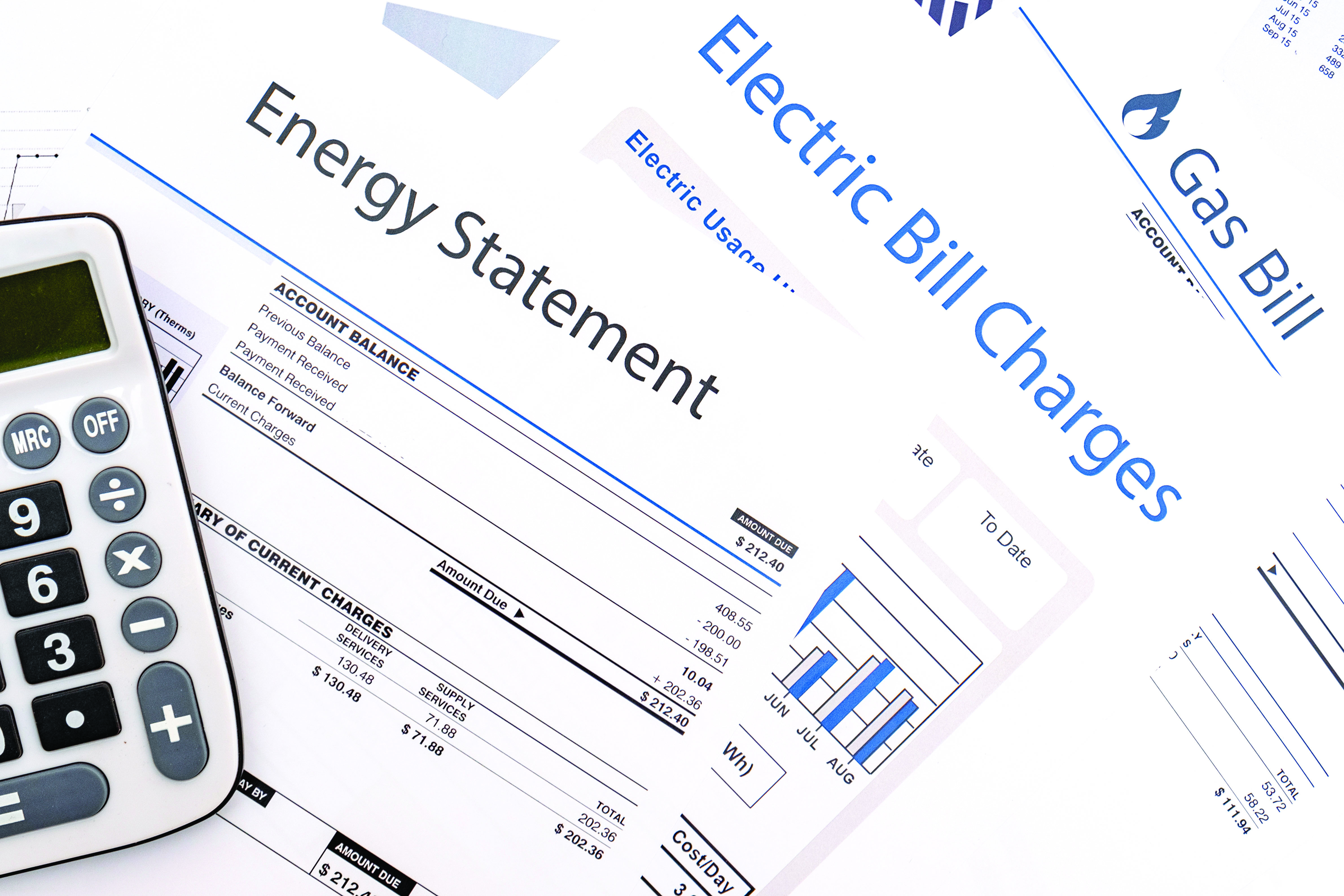Articles by Stephen Letko
PVF Market Overview
The drop is refueled by recession fears as credit conditions in the United States and lemany other economies tighten.
Read More
PVF Market Overview
More U.S. Oil and Gas Capital Spending in 2023
Despite inflation, interest rate hikes and regulations, about $6 billion of active natural gas pipeline projects are likely to begin in 2Q.
Read More
PVF Market Overview
Investor Pressures Slow Down Shale Oil Production
Pipeline capacity and possibly higher interest rate increases also will affect the PVF industry this year.
Read More
PVF Market Overview
Interest Rates, Employment Figures and Oil/Gas Growth
The oil industry is experiencing a greater percentage of hires new to the industry; it employed 948,943 professional jobs in 2022.
Read More
PVF Market Overview
U.S. Pledges $33 Billion for EVs, Battery Factories
Energy costs are a significant factor in choosing a battery plant site, as these facilities are huge energy consumers.
Read More
PVF Market Overview
2023: Supply Growth, Lower Demand Eases Price Pressures
However, markets will still be tight throughout the year, resulting in price decline but remaining well-elevated above recent historic averages.
Read More
PVF Market Overview
Biden Administration Flip-Flops on Natural Gas Drilling
Yet the Interior Department announced an offshore oil and gas sale for tracts in Alaska for December.
Read More
PVF Market Overview
OPEC+ Cuts Production, SPR Tapped Again
The administration announced an additional 10 million barrels from the Strategic Petroleum Reserve, which is already at an historic low.
Read More
PVF Market Overview
Oil Prices Softening, Yet Still High
The high cost and limited supply of diesel fuel has an inflationary effect on all segments of the supply chain.
Read More
PVF MARKET OVERVIEW
Purchasing Manager’s Index in Contraction Territory
The U.S. economy is slowing at a pace not seen since the 2008 financial crisis.














